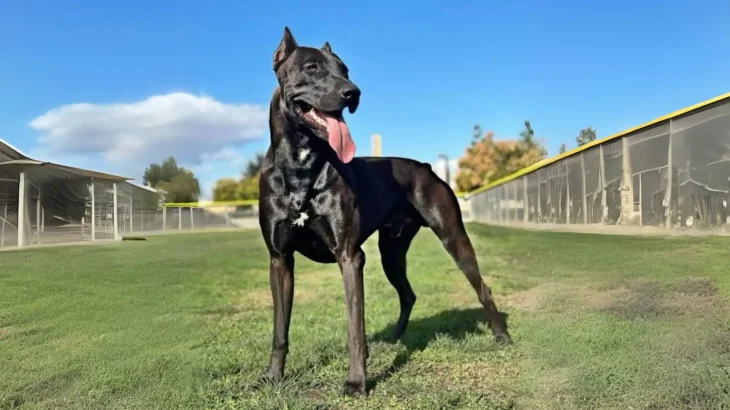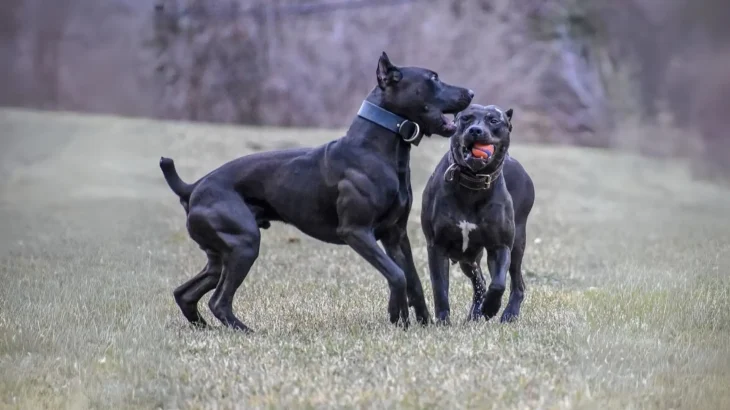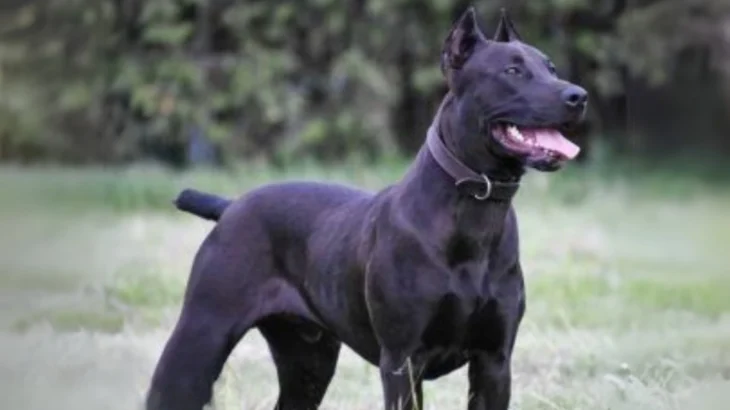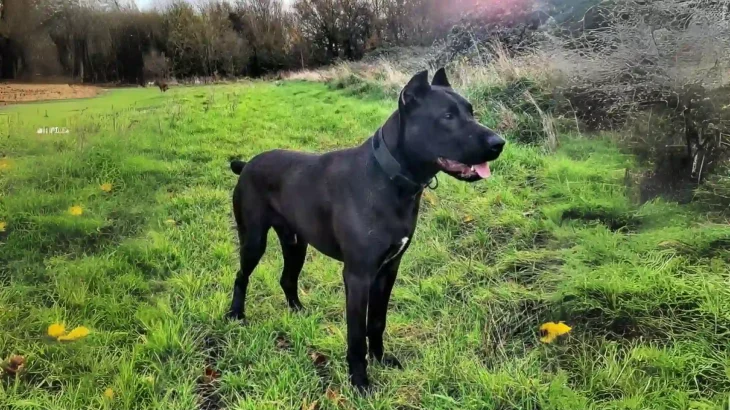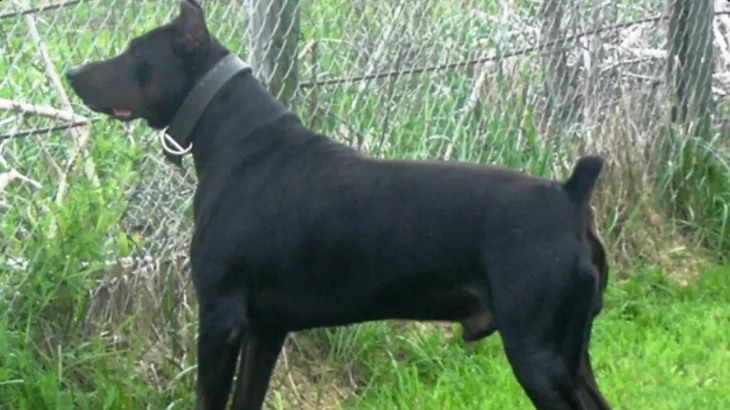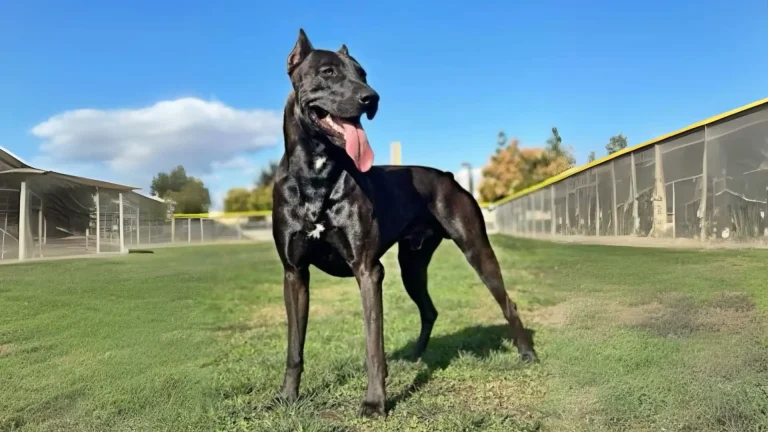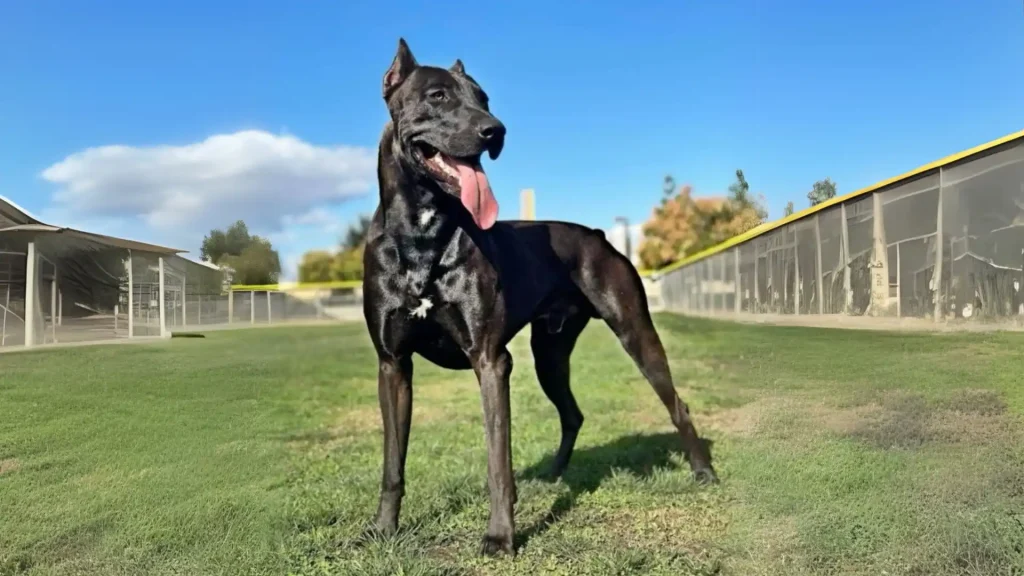When deciding whether to welcome a Canis Panther puppy into your home, the choice between adopting and buying from a breeder depends on factors like access to health history and breed background. Purchasing a puppy from a breeder can offer insight into lineage and health, while adopting may require more patience and flexibility regarding the pup's unknown past.
Adoption vs. Breeder: Pros & Cons
| Criteria | Buying from Breeder | Adopting from Shelter/Rescue |
|---|---|---|
| Cost | Usually higher, often over $2,000 due to rarity and pedigree. | Generally lower, with fees covering basic vet care. |
| Health History | Detailed health records and genetic info usually provided. | Health history may be unknown; some shelters do basic checks. |
| Age Availability | Usually puppies, allowing early training and socialization. | Varied ages, including adults needing more adjustment. |
| Temperament Insight | Breeders offer info on lineage and early behavior. | Shelters share observed behaviors, but backgrounds can be uncertain. |
| Supporting Practices | Supports breeding programs focused on standards and purity. | Supports animal welfare by rescuing dogs in need. |
| Documentation & Papers | Typically provided, confirming pedigree and ownership. | May have limited or no official papers. |

